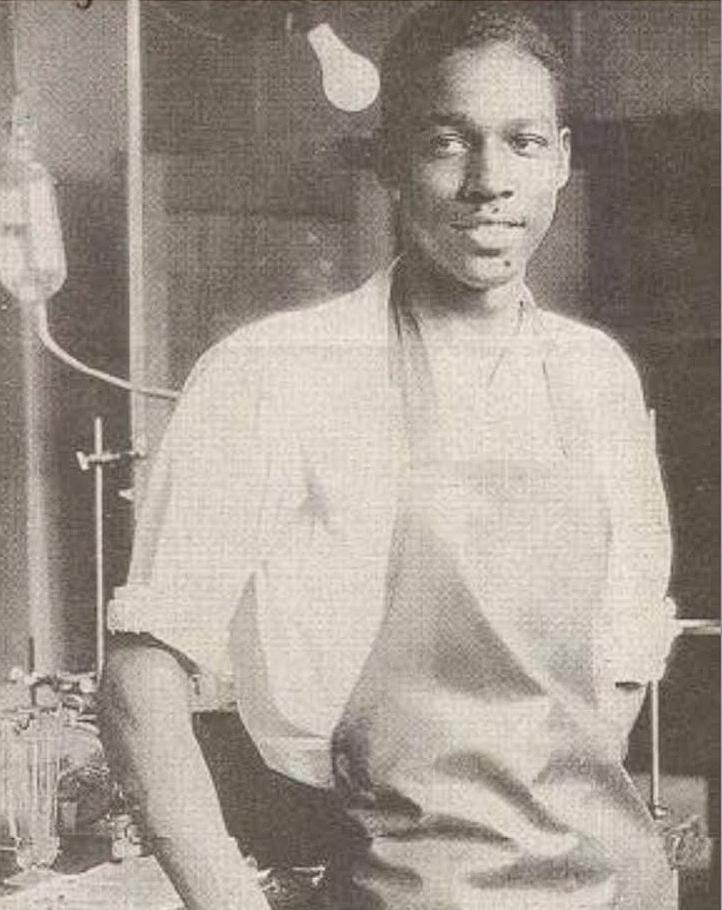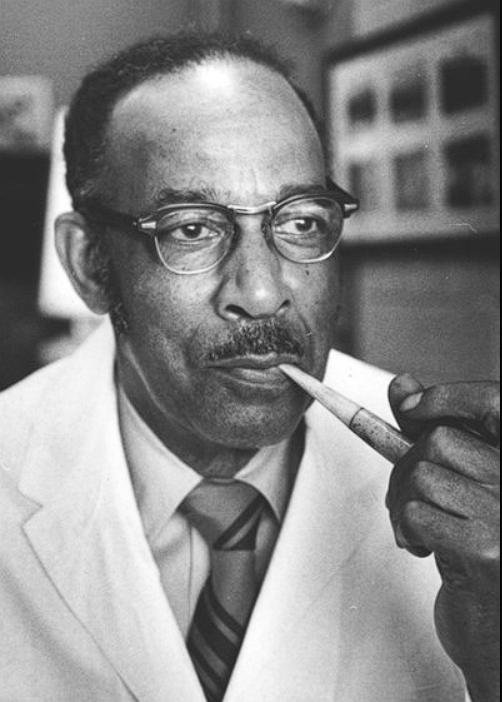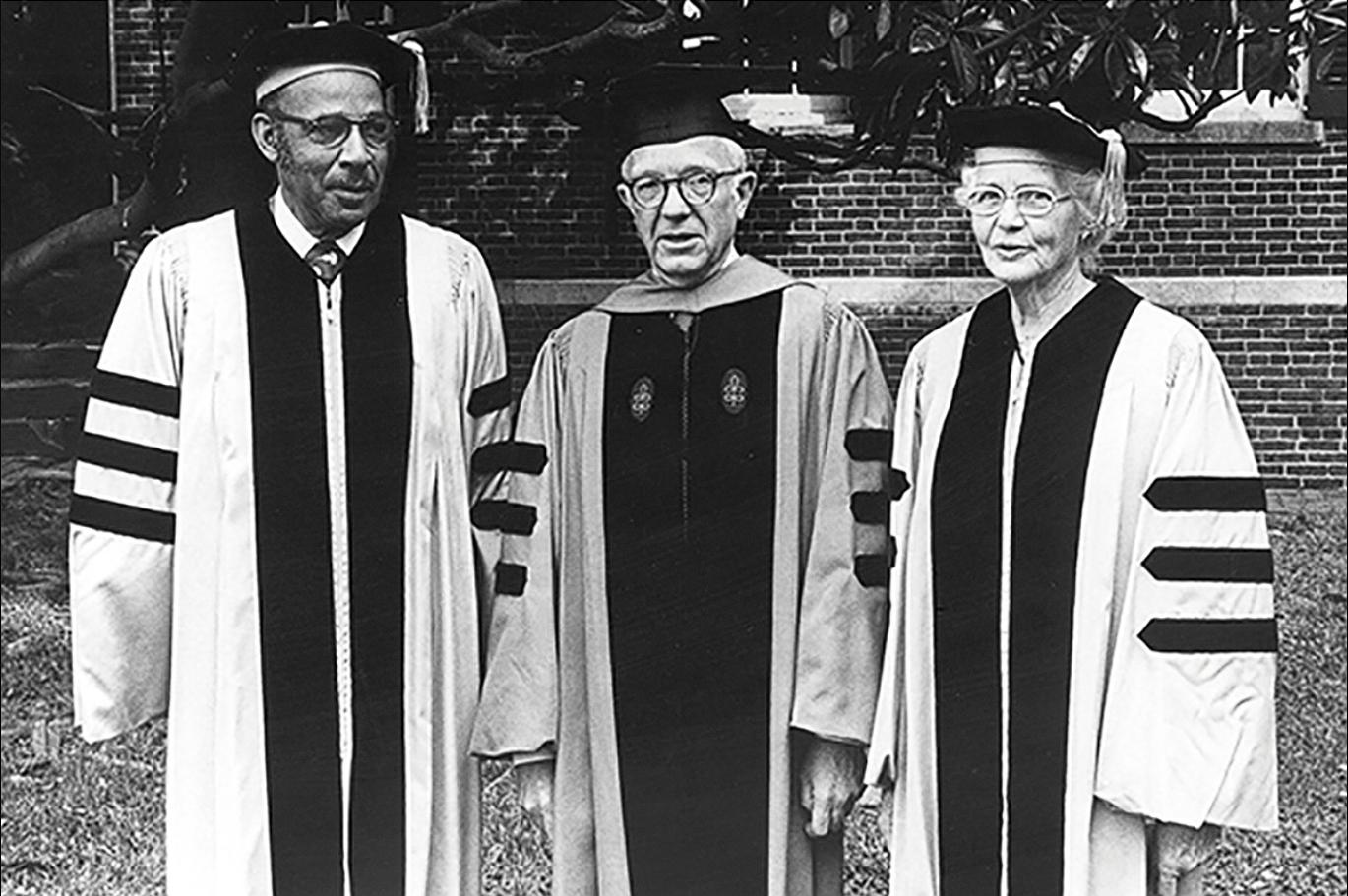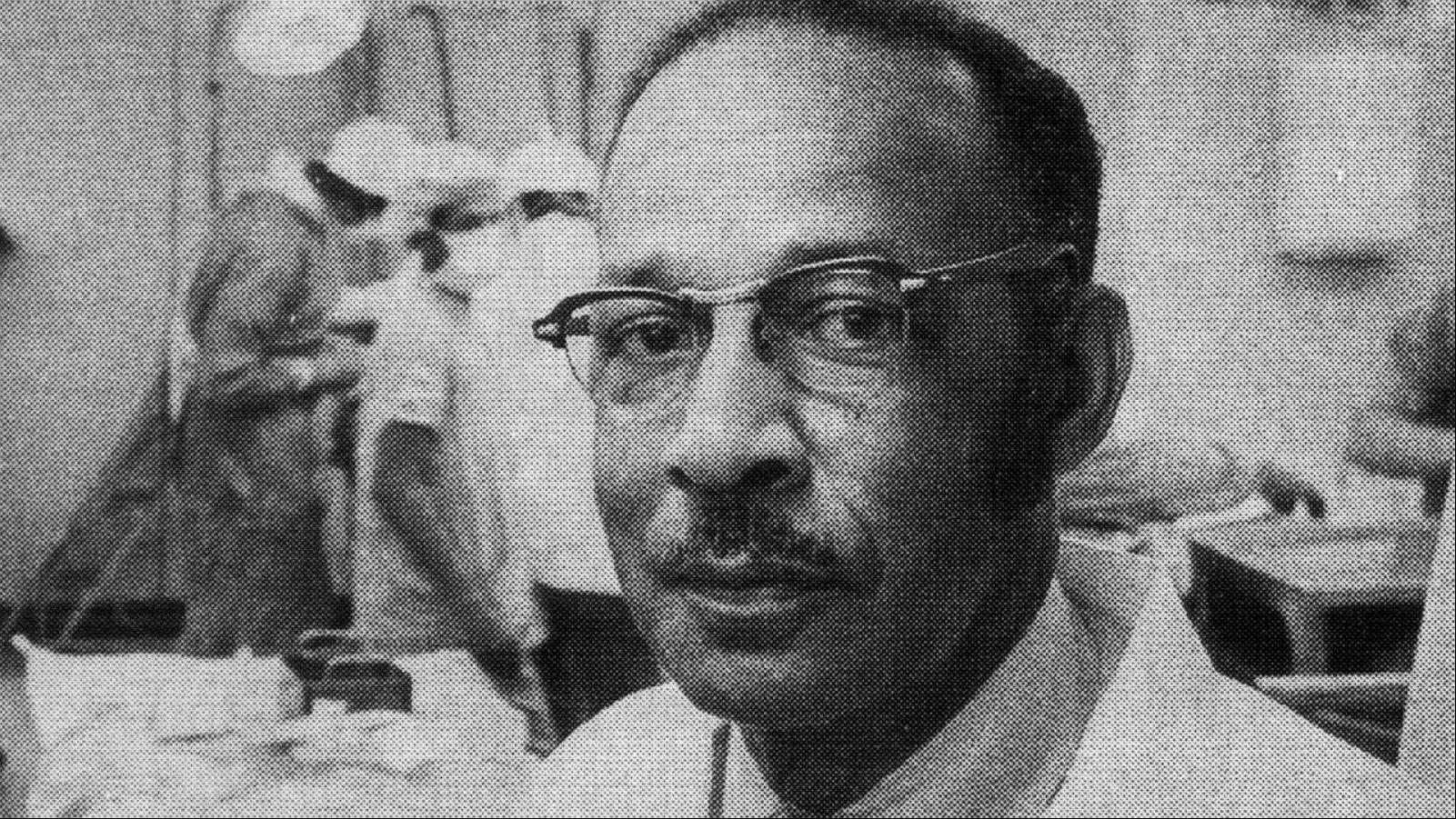Vivien Thomas, a brilliant surgical technician, played a pivotal role in the development of groundbreaking cardiac surgical techniques. Despite facing racial barriers and a lack of formal medical training, his contributions to medicine were profound, revolutionizing the field of heart surgery and saving countless lives.
Early Life and Path to Medical Innovation
Vivien Thomas’s journey began with aspirations for medical school, but the economic hardships of the Great Depression led him down a different, yet equally impactful, path.
Dreams Deferred
Thomas’s early ambitions were shaped by a desire to become a physician, but financial setbacks altered his course.

- Medical School Aspirations:
- Vivien Thomas initially aspired to attend medical school, driven by a passion for medicine and a desire to help others.
- He wanted to be a doctor.
- Stock Market Crash Impact:
- The 1929 Stock Market crash wiped out the funds Thomas had saved for medical school, forcing him to seek alternative employment.
- He lost his savings.
- Laboratory Technician Role:
- Thomas took a job as a laboratory technician at Vanderbilt University, working for Dr. Alfred Blalock, marking the beginning of a remarkable partnership.
- He took a job in a lab.
Pioneering Research at Vanderbilt
Thomas’s work at Vanderbilt University laid the groundwork for significant medical advancements, particularly in understanding shock.

- Animal Operations:
- Thomas conducted extensive animal operations, meticulously performing surgical procedures that advanced Dr. Blalock’s research.
- He did animal surgery.
- Studies on High Blood Pressure and Shock:
- Their collaborative research focused on high blood pressure and traumatic shock, leading to crucial discoveries about fluid and blood volume loss.
- They studied shock.
- WWII Lifesaving Discoveries:
- The understanding of shock developed by Thomas and Blalock proved invaluable during World War II, saving countless lives on the battlefield.
- Their work saved lives.
Transition to Johns Hopkins
Dr. Blalock’s move to Johns Hopkins Hospital in 1941 marked a new chapter in Thomas’s career, where he would make his most significant contributions to cardiac surgery.
- Blalock’s Insistence:
- When Dr. Blalock became chief surgeon at Johns Hopkins, he insisted that Vivien Thomas be hired to join his surgical team, recognizing his invaluable skills.
- Blalock wanted him on his team.
- Pioneering Heart Surgery:
- Thomas and Blalock pioneered the field of heart surgery, collaborating on innovative procedures that would revolutionize the treatment of congenital heart defects.
- They advanced heart surgery.
- “Blue Baby” Syndrome:
- Their work focused on alleviating Tetralogy of Fallot, also known as “blue baby syndrome,” a congenital heart defect that caused cyanosis.
- They worked on a specific heart condition.
Revolutionizing Cardiac Surgery
Vivien Thomas’s surgical skills and innovative techniques were instrumental in the success of the “blue baby” operation, a landmark achievement in cardiac surgery.
The “Blue Baby” Operation
Thomas’s contributions were crucial to the success of the first “blue baby” operation, a procedure that saved the lives of infants with congenital heart defects.

- Thomas’s Advisory Role:
- In 1944, with Vivien Thomas advising, Dr. Blalock successfully performed the first “blue baby” operation, marking a significant milestone in cardiac surgery.
- Thomas was a key advisor.
- Breakthrough Procedure:
- The procedure involved creating a shunt to increase blood flow to the lungs, alleviating the cyanosis caused by Tetralogy of Fallot.
- The procedure fixed a blood flow issue.
- Rapid Recognition and Adoption:
- The promise of the procedure was quickly recognized, and within the first year, over 200 operations were performed, demonstrating its effectiveness.
- The operation was successful.
Surgical Dexterity and Innovation
Thomas’s exceptional surgical skills and innovative techniques were essential to the success of the procedures he assisted with.
- Intelligence and Dexterity:
- Thomas’s intelligence, dexterity, and determination were critical to Dr. Blalock’s success, demonstrating his exceptional abilities as a surgical technician.
- He was highly skilled.
- Devising Surgical Techniques:
- Thomas played a crucial role in devising the surgical techniques used in the “blue baby” operation, showcasing his innovative approach to problem-solving.
- He helped create the techniques.
- Critical Role in Success:
- His contributions were indispensable, highlighting his critical role in the development and execution of groundbreaking surgical procedures.
- He was essential to the success.
Recognition and Legacy
Despite his significant contributions, Vivien Thomas faced racial barriers that delayed proper recognition for his work, but his legacy endures.
- Delayed Recognition:
- It was over 25 years before Thomas received proper public credit for his role in devising the heart surgery, reflecting the racial inequalities of the time.
- He was not initially recognized.
- Honorary Doctorate:
- In 1976, Johns Hopkins University awarded Thomas an honorary doctorate, acknowledging his immense contributions to medicine.
- He received an honorary degree.
- Enduring Legacy:
- Today, his portrait hangs in the lobby of the Blalock Building on the Johns Hopkins Hospital campus, ensuring that his legacy is remembered and celebrated.
- His legacy is remembered.
The Impact and Significance of Vivien Thomas’s Work
Vivien Thomas’s work had a profound impact on the field of cardiac surgery, saving countless lives and inspiring future generations of medical professionals.
Lifesaving Contributions
Thomas’s work directly contributed to the development of lifesaving surgical procedures, improving the quality of life for countless individuals.

- Impact on Patient Outcomes:
- His contributions significantly improved patient outcomes, particularly for infants with congenital heart defects.
- He improved patient lives.
- Advancement of Medical Knowledge:
- His work advanced medical knowledge, providing insights into the treatment of shock and cardiac conditions.
- He advanced medical knowledge.
- Inspiration for Future Surgeons:
- His story serves as an inspiration for future surgeons, demonstrating the importance of dedication, innovation, and perseverance.
- He inspired future doctors.
Overcoming Barriers
Thomas’s journey is a testament to the power of resilience and determination in the face of adversity.
- Racial Barriers:
- He overcame significant racial barriers to achieve his goals, demonstrating his strength of character and unwavering commitment to his work.
- He overcame racism.
- Self-Taught Expertise:
- His self-taught expertise and exceptional skills highlight the importance of recognizing talent and potential, regardless of formal education or background.
- He was self taught.
- Legacy of Equality:
- His legacy promotes equality and inclusion in the medical field, encouraging institutions to recognize and celebrate the contributions of all individuals.
- His legacy promotes equality.
Vivien Thomas’s story is a powerful reminder of the impact that one individual can have on the world, even in the face of adversity. His contributions to cardiac surgery have saved countless lives and his legacy continues to inspire generations of medical professionals.
